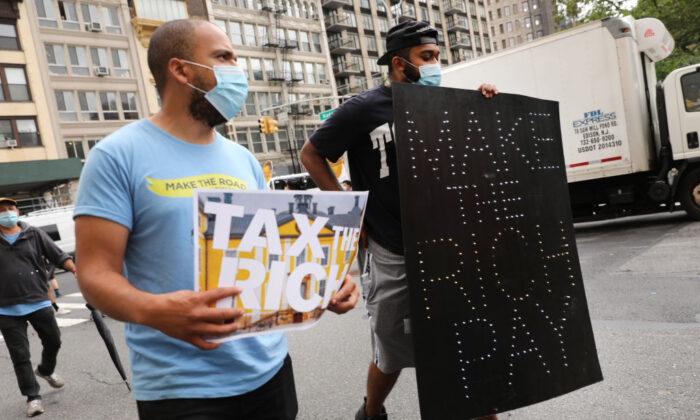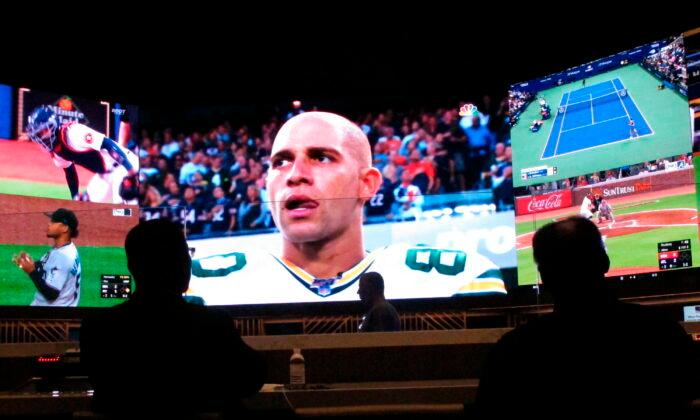Since 1987, taxpayers have been denied charitable deductions for contributions to their university’s athletic department if the taxpayer receives the right to purchase tickets, preferred seating, etc.
Until 2021, no university athletes were allowed to be paid by donors to play sports. Athletic scholarships to athletes to play sports were and are not taxable.
Beginning in July 2021, after years of controversy and lawsuits, the NCAA now allows players to receive payments for the use of their name, image, and likeness (N.I.L.).
The N.I.L. payments are not made by the universities where the athletes are playing sports. The funds for the N.I.L. payments come from boosters, be they individuals or businesses. There is no limit per athlete or per school on the number of N.I.L. contracts that may exist or the amount of such payments that can be made.
Much has been written about the athletes’ requirements with respect to taxation of N.I.L. payments. The athletes’ N.I.L. income is and will be fully taxable and subject to social security taxes, etc. The donors will need to send 1099s to the student athletes that receive their N.I.L. money. These 1099s will be used by the athletes to prepare their income tax returns.
It has been reported that in some cases, N.I.L. payments will be in the millions. Student athletes are apparently traveling school to school and endeavoring to determine the amount of N.I.L. they will ultimately receive if they choose a specific school.
While there will undoubtedly be upcoming horror stories about unpaid taxes, and N.I.L. payments used for purchases of “who knows what,” there are certainly reasonable arguments that the athletes should be paid given the millions of dollars being received by the universities in television revenues. Of course, if one’s hot button is Title IX, it’s likely the N.I.L. money for women’s swimming will be a little less than Division I football.
N.I.L. payments made by the local car dealer or any other legal business will be tax deductible as advertising or marketing. But, for an individual contributing to a N.I.L. collective for a particular school, of which many have been formed, there will be no deductibility of the payment.
And those legal businesses making N.I.L. payments might not all be businesses with which the local community or university students would be delighted to see the local quarterback representing. At this point, it appears that the universities are unable to control who is making the N.I.L. payments to their athletes.
The income tax law has moved full circle. A fan continues to be unable to get a tax deduction for his $1,000 check enabling that fan to get seats on the forty-yard line. But, that fan’s business can write a $1,000,000 fully deductible check to his alma mater’s new quarterback for use of the athlete’s name, image, or likeness. Wild guess, but that business will probably be able to purchase great football tickets.
What could possibly go wrong or seem unfair to the average taxpayer if a local business gets a tax deduction for paying an athlete to play a sport at a local university while the price of groceries continues to rise?




